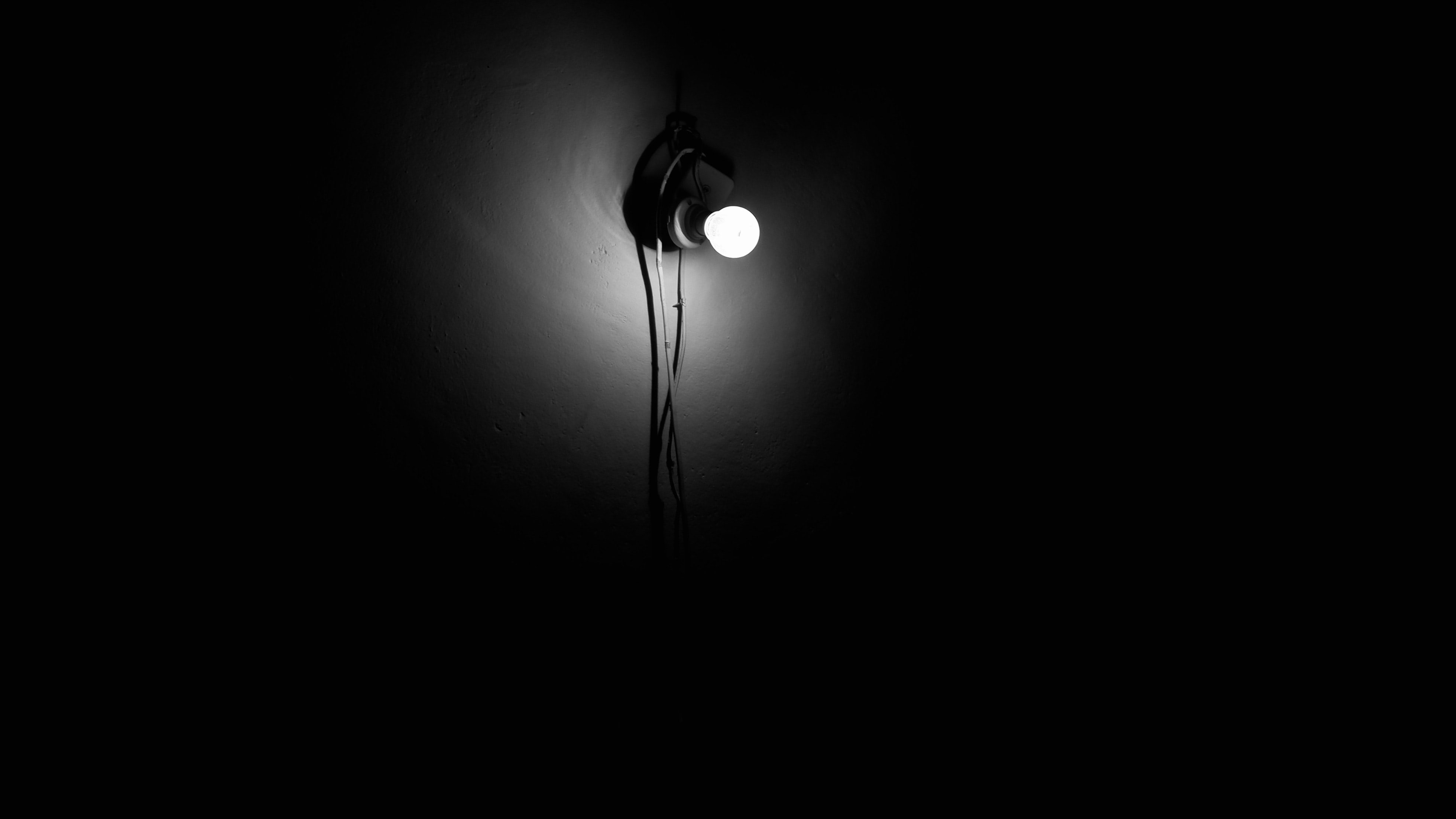As more and more people become aware of the benefits of LED lighting, replacing old incandescent bulbs with LED bulbs and adding new LED lighting fixtures is gaining popularity in households across the country. Yet it’s one thing to know that it’s a great way to save money and energy, but knowing what the right colour temperature for your lights is or whether you need a LED power supply is something different altogether. So what is LED colour temperature? And what difference does it make?
LED colour temperature – what is it and why is it important?
To give the shortest definition, colour temperature is simply the colour of the light emitted by a LED bulb. Such light can be either warm, neutral, or cool. It’s measured in Kelvins, and the colour gets cooler along with the rising temperature. It might seem like it’s just a matter of aesthetics, but in reality, depending on the colour you choose for your LED lights, you can achieve a completely different effect and completely change the appearance of the space you want to light.
But in order to decide which option is the best for you, you need to learn more about each of them first. Below you’ll find short descriptions of each colour temperature along with their common uses.
- Warm white (2000K-3000K): using this type of lighting is popular in domestic spaces because its appearance with its yellow undertones creates an atmosphere similar to that typically associated with traditional incandescent bulbs.
- Natural white (3100K-4500K): with an appearance that’s very similar to natural light, it works well in both domestic and commercial spaces, it’s a great option for task lighting because it provides good visibility.
- Cool white (4600K-6000K): with a very white and clear light emitted by cool white bulbs, they are the most common choice for industrial purposes, shopping malls and any other space where efficient lighting and good visibility are necessary.
Considering the information given above it becomes clear that in order to pick the most suitable LED lights, you need to know what kind of effect you’re interested in creating. Remember that not every part of your home needs the same level of lighting – each room has its specific purpose, and you can use different types of light to highlight it.




